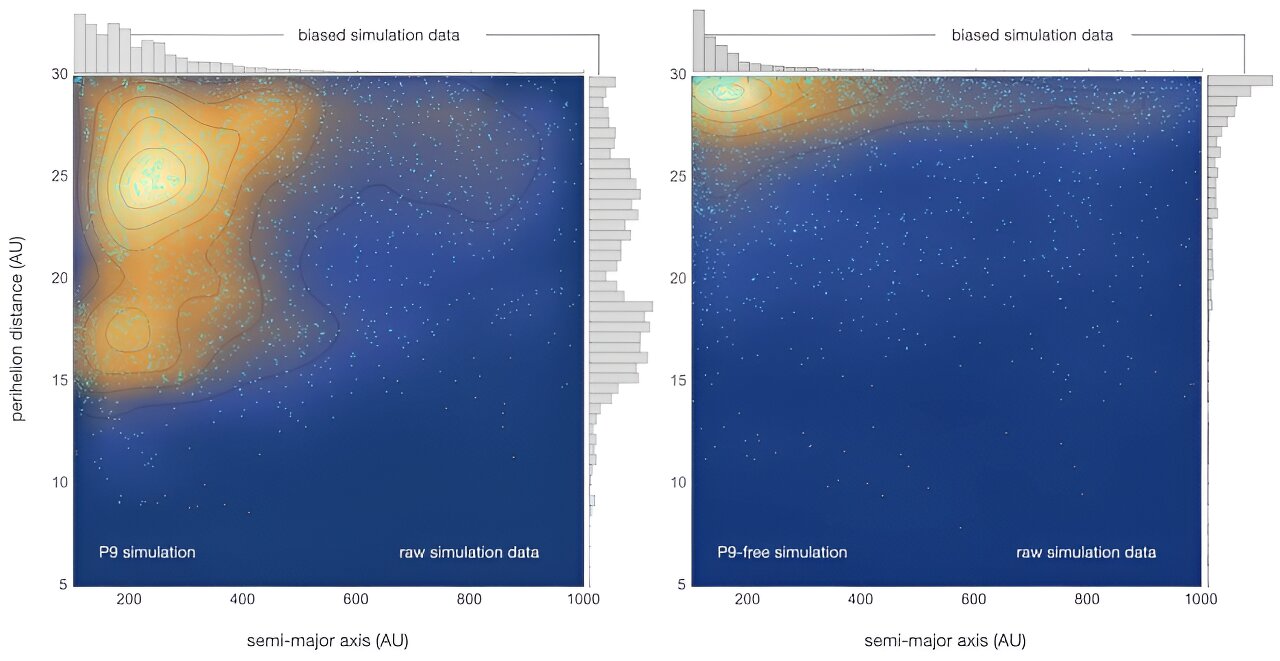
A small team of planetary scientists from U.S. reports possible new evidence of Planet 9.

The icy dwarf planets Eris and Makemake have surfaces bearing methane ice of unknown origin. The two planets may have warm oceans.

New measurements by NASA’s New Horizons spacecraft show higher than model-predicted levels of interstellar dust as the spacecraft approaches the putative outer edge of the Kuiper Belt.

A new method for scanning telescope images for the faintest signs of rock far beyond Pluto has uncovered evidence that our Solar System's disc of material extends far further into interstellar space than we thought.

Among the most striking geologic features on the surface of Arrokoth is the ensemble of large, broadly similarly sized mound-like features seen on the larger lobe.

This hypothetical planet is provisionally known as Planet 9. Computer simulations show it must be a very large planet, consisting of between four and eight times the mass of the Earth and at least ten times the distance of Pluto.

The accretion of new material during Pluto's formation may have generated enough heat to create a liquid ocean that has persisted beneath an icy crust to the present day.

A fresh image from NASA’s New Horizons spacecraft released Tuesday showed the mission’s distant flyby target a billion miles beyond Pluto — nicknamed Ultima Thule — has an elongated shape.

NASA’s New Horizons spacecraft, now 3.79 billion miles from Earth, snapped these images of Kuiper Belt Objects. They’re the furthest images ever taken away from Earth.